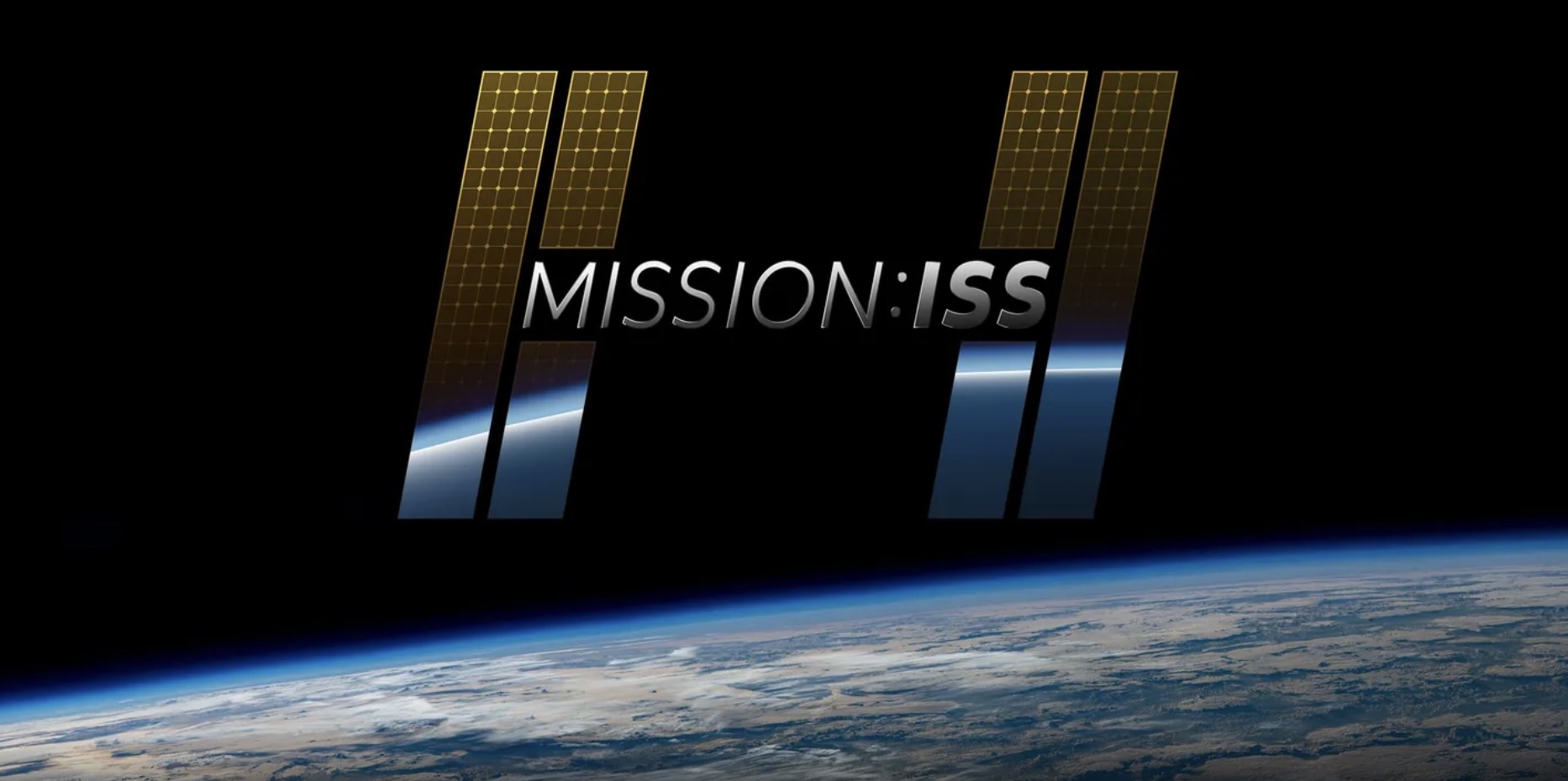Imagine strapping on a headset and instantly floating 250 miles above Earth-no years of training, no multimillion-dollar ticket. Mission: ISS on Meta Quest transforms this fantasy into reality, offering a hyper-realistic simulation of life aboard the International Space Station. But why does this matter now? In late 2025, real-world events like ‘cannibal’ solar storms forcing astronauts to shelter and space debris collisions stranding crews underscore the perilous nature of orbital existence. This VR experience isn’t just escapism; it’s a vital educational tool that demystifies space hazards while making cosmic exploration accessible to everyone.
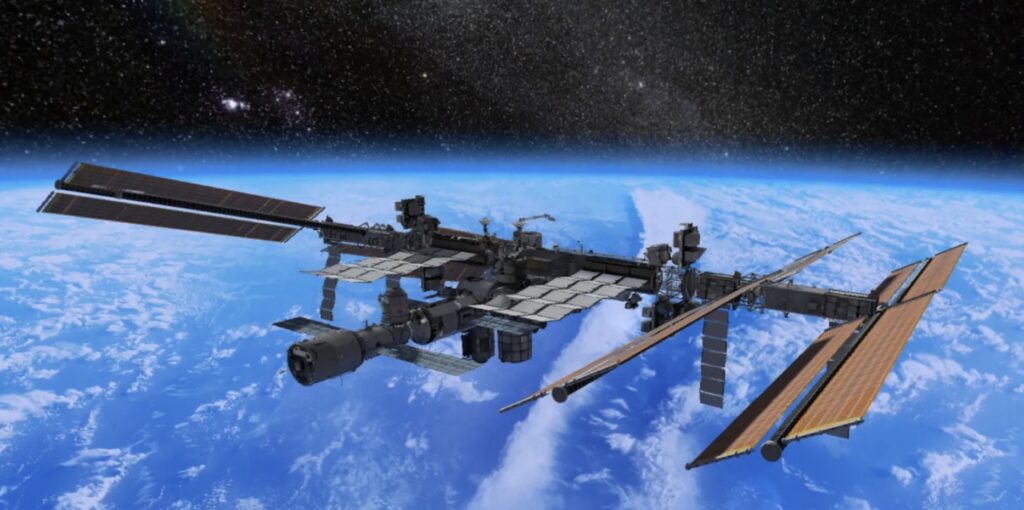
Space agencies have relied on simulations for decades-Reentry, for instance, teaches complex orbital mechanics through engaging gameplay. Mission: ISS builds on this legacy, letting you perform tasks like conducting microgravity experiments or navigating cluttered modules. When Shenzhou-20 astronauts returned after 204 days-a record stay-it highlighted the endurance required in space. VR replicates this, allowing you to grasp the physical and mental toll without the risks. How many aspiring explorers have been deterred by cost or safety concerns? This app obliterates those barriers.
A Virtual Leap into Orbit
Here’s an unobvious tip: Use the simulation to understand isolation’s psychological effects-a challenge real crews face during extended missions. I once observed a user fumble with virtual handrails, then master zero-G movement; their frustration and eventual triumph mirrored astronaut training. Unlike passive media, VR demands active problem-solving-like docking a spacecraft or managing resources-which sharpens spatial awareness and resilience. With incidents like stranded Shenzhou-21 crews, this isn’t just play; it’s a primer on space survival.
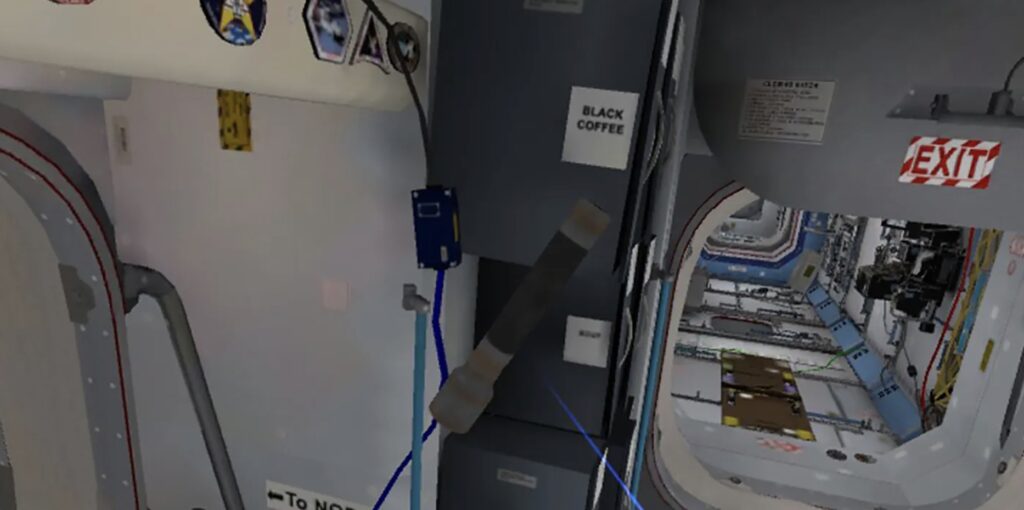
In an era where solar flares and debris threaten missions, Mission: ISS offers a safe, immersive alternative. It bridges the gap between curiosity and comprehension, fostering a deeper appreciation for humanity’s off-world endeavors. Ready to float through the Cupola and see Earth anew?
Simulating Space Realities: Mechanics and Hazards
Mission: ISS doesn’t just mimic zero gravity-it engineers the disorientation. Your first push-off from a module wall sends you drifting; overcorrect, and you spin uncontrollably. Real astronauts train for months to master this-VR compresses it into intuitive hand-controller gestures. Grab virtual handrails with a trigger pull, or use thrusters for fine adjustments. I watched a user overshoot the Cupola three times before learning to ‘brake’ by grabbing edges-their frustration mirrored rookie astronaut errors. This isn’t a game; it’s neuromuscular training. How many flight simulators teach you to float? None. Mission: ISS fills that gap with physics-based movement that rewards patience over speed.
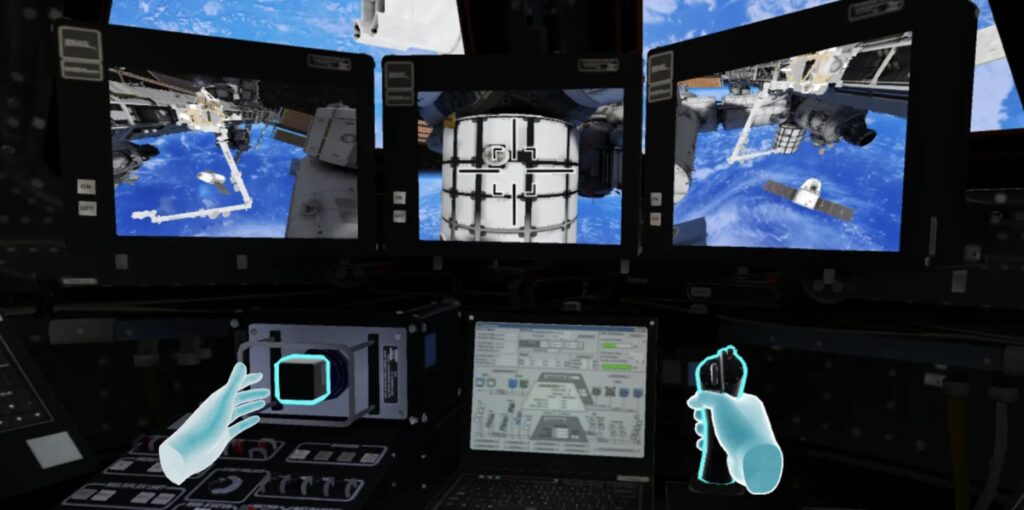
Emergency protocols become visceral here. When a ‘cannibal’ solar storm hits-like the November 2025 event forcing cosmonauts into the lab module-the simulation dims lights and triggers alarms. You must seal hatches and power down non-essentials. Compare this to Reentry’s orbital mechanics; Mission: ISS focuses on crew survival. During the Shenzhou-21 stranding, astronauts relied on backup systems-a scenario you replay in VR. Try rerouting power from the Columbus module to life support. Fail, and CO2 levels spike. Succeed, and you grasp why NASA drills for contingencies. These aren’t scripted sequences; they’re dynamic problems based on real incident data.
Microgravity experiments reveal unobvious challenges. Conduct a biology study like Shenzhou-20’s mouse reproduction task-in VR, you’ll fumble with floating tools while monitoring vitals. Or attempt ‘space barbecuing’ (yes, Chinese crews tested this). Heat dispersion behaves erratically; a misaimed fan could ruin the experiment. I once saw a user lose a virtual screwdriver-it drifted into a vent, halting their repair. That minute detail teaches resource management better than any tutorial. Mission: ISS integrates these tasks not as minigames, but as interconnected systems. Your success in one affects others-mirroring the ISS’s delicate balance.
Psychological stressors are deliberately embedded. Prolonged isolation-like the 204-day Shenzhou-20 mission-manifests in VR through communication delays with ‘Earth’ and limited personal space. You might feel claustrophobia in the cramped Node 2-a warning for aspiring astronauts. One user reported dreaming about module layouts after a session; their brain had internalized the spatial geometry. Use this to practice mindfulness-float in the Cupola during a simulated aurora to counter virtual fatigue. It’s a safe sandbox for mental resilience, something textbooks can’t replicate.
Orbital debris collisions aren’t abstract threats here. When Shenzhou-20’s capsule was damaged, forcing a switch to Shenzhou-21 for return, VR simulates the scramble. You inspect hull breaches using a virtual camera, prioritizing repairs under time pressure. Statistics underscore the risk: over 23,000 trackable debris objects orbit Earth-a single impact can be catastrophic. Mission: ISS models this with audio cues of pinging metal and pressure drops. Practice sealing leaks with emergency patches; hesitation means ‘mission failure.’ This isn’t dramatization-it’s based on NASA’s debris mitigation protocols.
Tips for mastery: Always anchor one hand when using tools-it prevents drift. Enable the ‘assist mode’ initially to avoid motion sickness; it subtly stabilizes your view. For educators, run team drills where players coordinate repairs-it sharpens communication under stress. Unobvious alternative: Use Mission: ISS to teach physics concepts like conservation of momentum-push off a wall too hard, and you’ll rebound uncontrollably. It’s Newton’s laws in action, minus the chalkboard.
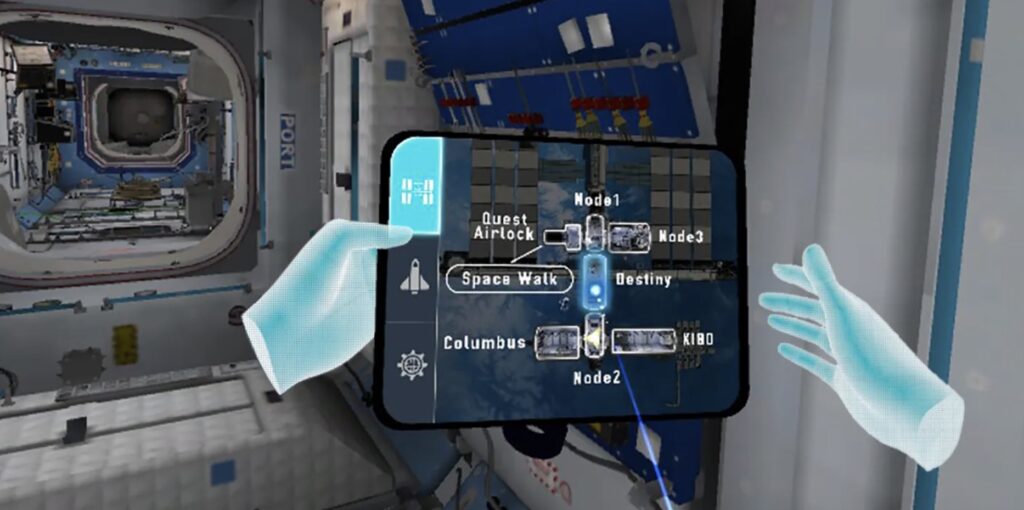
Ultimately, Mission: ISS bridges the chasm between observation and embodiment. You don’t just learn about solar storms-you shelter from them. You don’t read about debris-you patch holes. In an era where space agencies rely on simulations for training, this app democratizes that rigor. Ready to not just see space, but feel its demands?
Beyond the Simulation – Charting Your Cosmic Path
Mission: ISS redefines space literacy-it’s not just about floating in VR but internalizing the fragility of orbital life. Recent events, like solar storms forcing shelter and debris stranding crews, underscore that space isn’t a sterile lab; it’s a dynamic, hazardous frontier. This simulation transforms you from observer to participant, embedding lessons that textbooks can’t convey. Why does that matter? It cultivates a public that grasps orbital mechanics and crisis response intuitively-skills that could one day inform policy or innovation.
Simulations have long been agency staples-Reentry’s focus on complex systems mirrors how NASA trains for missions. Mission: ISS democratizes this, letting you experience the mental toll of isolation or the precision needed for repairs. Use it to practice ‘failure’ safely; I’ve watched users botch a docking, then recalibrate their approach with renewed patience. That iterative learning-where mistakes are data, not defeats-sharpens problem-solving applicable anywhere, from engineering to daily logistics.
Actionable next step: Host a virtual mission with friends. Assign roles-commander, engineer, scientist-and tackle a simulated emergency, like a power outage during a solar flare. Debrief afterward: What broke down? How did communication fare? This isn’t play; it’s prototyping teamwork under stress. Unobvious tip: Apply the spatial awareness you gain to reduce motion sickness in cars or planes-your brain learns to adapt to disorienting environments.
Ultimately, Mission: ISS is a catalyst. It doesn’t end with the headset off; it sparks curiosity that could lead to advocacy, STEM careers, or even designing safer spacecraft. When Shenzhou-21 astronauts relied on backups after a debris strike, it highlighted resilience-a trait you’ve practiced virtually. So, what’s your role in the next chapter of space exploration? Whether it’s supporting debris cleanup initiatives or mentoring a young explorer, your journey begins here.

